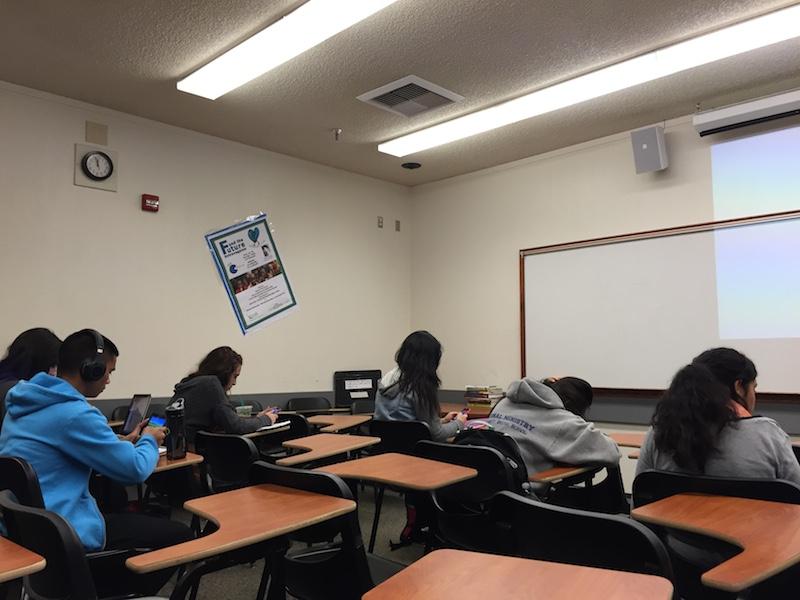
In education-savvy Palo Alto, many students define academic success as attending the most prestigious universities in America. However, in a city where schooling and success are viewed as one, educational alternatives such as community college are sometimes seen as second-rate or last resort options.
Due to the perceived notion that community colleges are inherently inferior to four-year universities, a stigma has arisen for those who opt for this option.
“Some people at Paly [Palo Alto High School] will look down on you if you say you’re going to a community college,” sophomore Jacky Moore said. “They might automatically assume that you weren’t smart enough to get into a four-year university.”
However, this belief is both offensive and often inaccurate. Approximately 99 percent of all community college associate degree enrollees have received either a high school diploma or passed a General Education Development test, according to the Community College Resource Center. In fact, an October 2014 study conducted by three UCLA professors concluded that attending junior college actually increases disadvantaged students’ likelihood of eventually receiving a bachelor’s degree at a four-year university. According to the American Association of Community Colleges, 45 percent of undergraduate students enrolled in a four-year college in the 2012-13 school year originally went to a two-year public college. The sum of this information defies the stigma that most community college students are unintelligent.
Junior colleges and universities also may be acknowledged incorrectly as extremely dissimilar. Although most community colleges award only associate degrees to graduates instead of bachelor’s degrees, students can easily transfer to universities once they have completed junior college. Also, while community colleges usually put a greater emphasis on vocational fields compared to universities, both offer degrees in a large variety of fields.
Community colleges offer additional benefits when compared to four-year colleges. According to AACC, community college tuition rates are approximately 50 percent cheaper than four-year universities. Smaller classroom sizes, superb student support services and the sheer number of available programs are all extra advantages, according to the University of Hawaii Community Colleges. Community colleges may also appeal to high school graduates who are not prepared to move across the state or country to attend college or are unsure of which career path they wish to take.
Paly College Adviser Sandra Cernobori is one of many junior college advocates.
“I think [community colleges] are great options, not only to prepare to transfer [or] to get career training, but also they’re economical and have excellent reputations,” she said.
Current United States Secretary of Education Arne Duncan also declared his support for community colleges during a question and answer session through Facebook in 2011.
“Community colleges, I continue to believe, have this ability to transform young people’s lives, adults’ lives, older people’s lives in very profound ways,” he said during the session.
Despite these distinct benefits, attending a community college is still often looked down upon in Palo Alto. An informal survey conducted by The Paly Voice on 110 current and past Paly students in late January showed that nearly 93 percent of those surveyed believe that some stigma exists regarding the attendance of a community college. Only approximately 7.2 percent, or eight students, were unsure or stated that they do not believe a stigma exists in Palo Alto.
These results bring up an important question: How should we address this widespread issue at Paly?
Sophomore Tara Madhav says that awareness will help slow the prevalence of the stigma.
“People should become more aware of the options out there for college-bound seniors,” Madhav said. “Community colleges should [also] spread awareness about all they have to offer.”
We as students can also help end this stigma simply by offering support to others’ decisions in regards to their own education. It is imperative to understand that our definition of educational success may contrast greatly with that of our peers. Recognizing that one’s high school GPA is one of countless factors taken into account when applying to college is a step in the right direction. Teachers and counselors should also encourage students to look beyond the stigma and check out academic pathways at universities as well as local community colleges.

